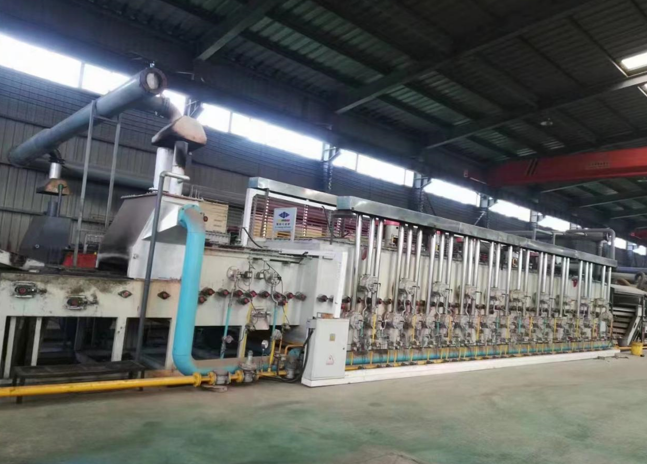Guidelines for Selecting Custom Flat Washer Sizes for Your Project Needs
Understanding Custom Flat Washer Sizes A Comprehensive Guide
Flat washers are crucial components in various mechanical applications, providing stability, load distribution, and protection to surfaces. While standard sizes of flat washers are widely available, custom flat washer sizes can be essential for specific projects and unique requirements. This article explores the significance of custom flat washers, their applications, and factors to consider when choosing the right size.
What are Flat Washers?
Flat washers are typically circular disks with a hole in the center, designed to distribute loads of screws, bolts, and nuts, thereby reducing the concentration of force on any single point. They serve multiple purposes, including preventing damage to surfaces, acting as spacers, and promoting the stability of fasteners in various applications. Materials commonly used for manufacturing flat washers include steel, stainless steel, plastic, and rubber, depending on the requirements of durability, corrosion resistance, and flexibility.
Why Custom Sizes?
While standard flat washer sizes may work for many applications, certain projects demand custom sizes. This often occurs in industries such as aerospace, automotive, construction, and manufacturing, where specific tolerances and fittings are necessary. Custom flat washers can ensure a snug fit and better performance, which directly contributes to the safety and longevity of the overall assembly.
1. Unique Application Requirements Often, the machinery or equipment being used may have non-standard components that require flat washers of a specific dimension. For instance, a custom washer might be needed to fit a unique bolt size or to accommodate a particular load distribution requirement.
2. Enhanced Performance Custom sizes allow engineers and designers to tailor solutions that enhance the performance of the device. For instance, a washer that is too large may leave gaps that could lead to a decrease in stability, while one that is too small may not distribute the load efficiently.
3. Material Variability Custom washers can also be made from specific materials that meet the environmental or mechanical demands of the application, including resistance to heat, chemicals, or corrosion. Custom sizing in materials can be crucial in industries such as petrochemicals and pharmaceuticals, where standard materials may not suffice.
custom flat washer size

Determining the Right Size
When opting for custom flat washer sizes, several factors should be considered to ensure that they meet the necessary requirements
1. Inner and Outer Diameter The inner diameter must match the size of the bolt or screw it will be paired with, while the outer diameter must be sufficient to distribute loads effectively. It's essential to measure these dimensions accurately.
2. Thickness The thickness of the flat washer can influence its load-bearing capacity and durability. Thicker washers tend to distribute load better but can add weight and bulk to the assembly.
3. Material Choice Selecting the right material based on environmental conditions and required strength is vital. For example, silicone washers may be ideal for applications involving electrical insulation, while stainless steel washers might be preferred in corrosive environments.
4. Finishing Options The finish of a washer can affect performance and aesthetic appeal. Options include anodizing, plating, or powder coating, which can enhance corrosion resistance and overall durability.
Conclusion
Incorporating custom flat washer sizes into your project can offer significant advantages over standard options. They enhance the overall functionality and resilience of mechanical assemblies, accommodating unique specifications and material demands. When considering custom flat washers, it is crucial to evaluate the inner and outer diameters, thickness, material choice, and finish to ensure optimal performance. As the demand for precision and customization continues to grow in engineering and manufacturing, understanding the role and importance of custom flat washers will remain essential for achieving improved outcomes.
-
Top Choices for Plasterboard FixingNewsDec.26,2024
-
The Versatility of Specialty WashersNewsDec.26,2024
-
Secure Your ProjectsNewsDec.26,2024
-
Essential Screws for Chipboard Flooring ProjectsNewsDec.26,2024
-
Choosing the Right Drywall ScrewsNewsDec.26,2024
-
Black Phosphate Screws for Superior PerformanceNewsDec.26,2024
-
The Versatile Choice of Nylon Flat Washers for Your NeedsNewsDec.18,2024










